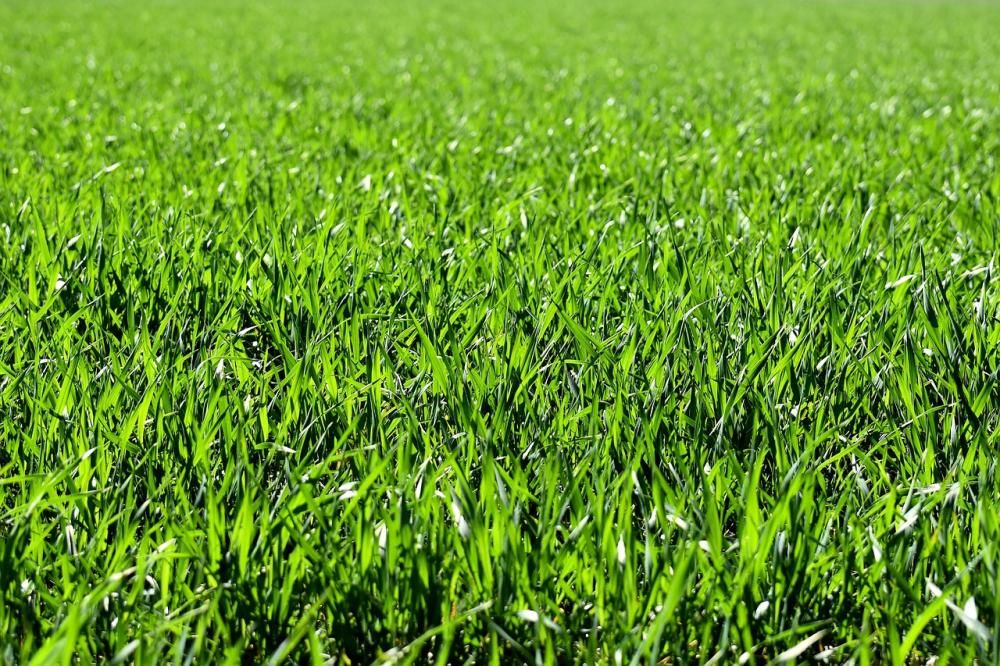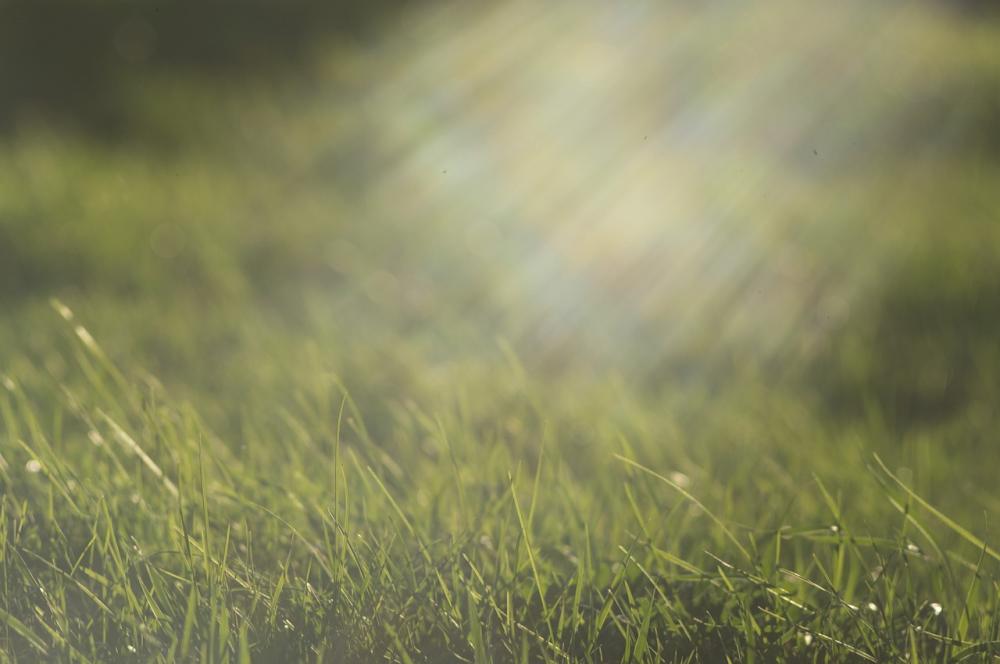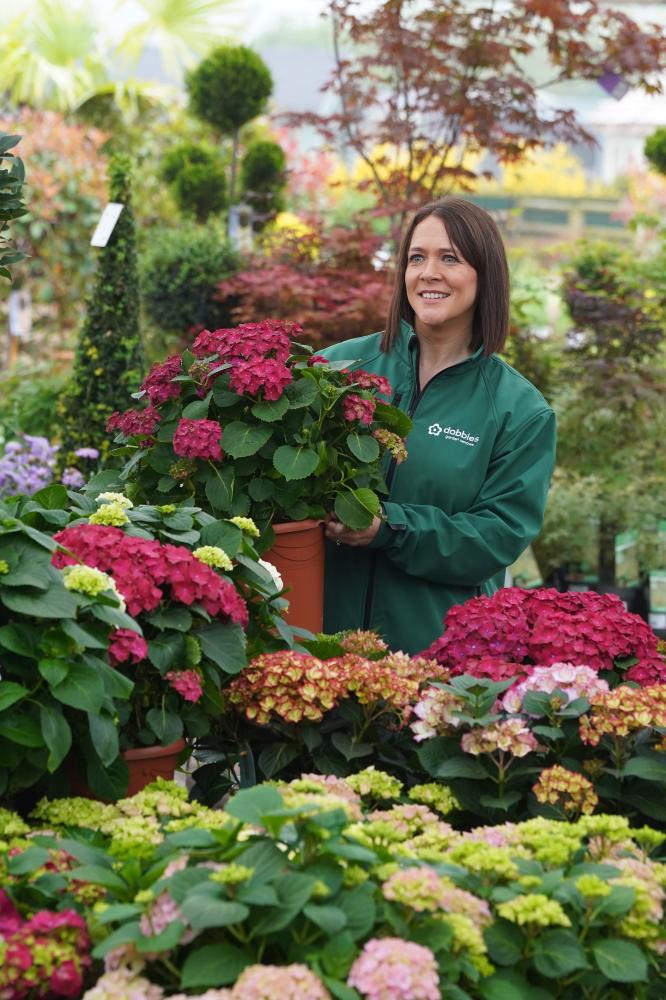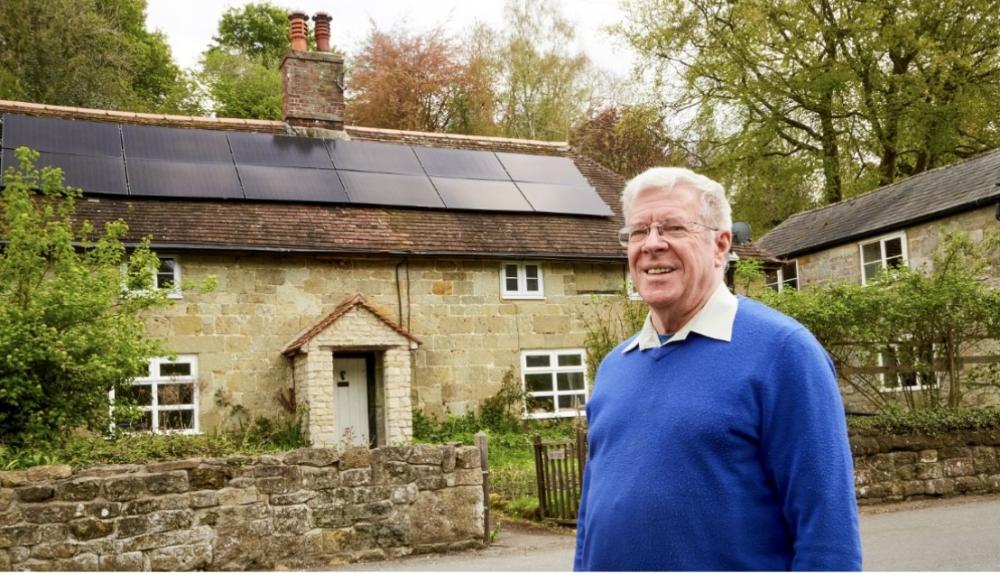As we move into summer, your lawn should be the centrepiece of your outdoor space, meaning that you should ensure your lawn is getting the maintenance it needs to thrive in warmer weather.
Here's Online Turf's top tips on maintaining a green and lush lawn over the summer months.
Watering
Watering your lawn regularly is vital during higher temperatures. An under-watered lawn will become drought stressed. Obvious indicators of a dehydrated lawn are dryness, browning, and patchiness. To maintain its lush green colour, make sure your lawn is receiving enough moisture.
The best time of day to water your lawn is in the early morning and late evening, avoiding times where the sun is directly overhead. This allows the lawn more time to soak up the moisture without the sun evaporating it from the grass. You should water the grass until it is fully soaked, and water again if the grass looks dry.
In the summer, you may need to water several times a day to ensure the lawn is soaking up the water and, on days with more rain, you may not need to water as much as nature will take care of that for you.
It is very difficult to overwater a lawn. However, if your garden has flooded spots and waterlogged areas, it's a definite sign to hold off on watering until those areas dry out.
Watering your garden depends on your local climate and weather, so you should always base your watering schedule on the immediate needs of your grass rather than seasonal / daily timings.
Mowing
As your grass begins to grow again, it will need mowing more frequently.
It can be tempting to mow your lawn quite short to avoid cutting as often, however, this can potentially scalp the lawn and damage the grass blades
You should initially set your mower blade to a moderately high setting and mow regularly to a consistent height. If you would like a shorter, closely mown lawn it is best to reduce the height gradually over several cuts to minimise the risk of scalping.
It is best to mow when the grass is dry for a cleaner cut as the lawn mower can tear the grass blades if conditions are damp.
During summer, leaving the clippings on the grass can serve as mulch, helping to reduce water evaporation from the soil and retain essential nutrients.
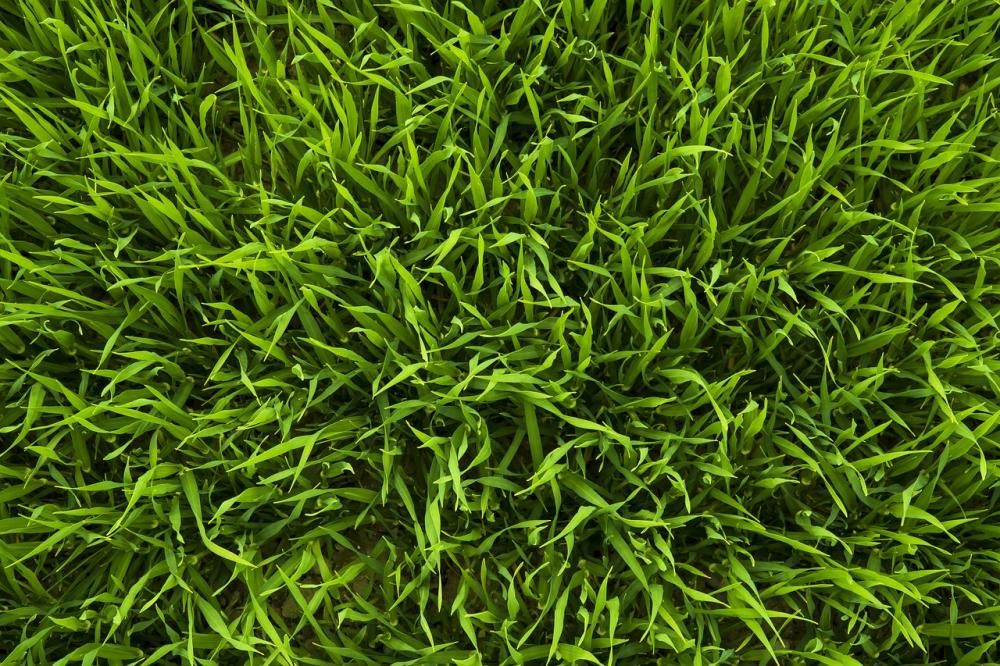
Overseeding
In the early stages of summer, you may want to overseed to repair bare patches of your lawn or, if the grass is looking particularly dry and patchy due to the high temperatures, overseeding can inspire denser re-growth. You should wait until temperatures are consistently reaching 10-12°C before overseeding for the best results.
Choosing a seed mix that blends well with your existing grass will give a fuller, more uniform look.
How to Overseed:
1. You should mow your lawn to a height of 1.5-2 inches before overseeding.
2. Spread the seed evenly over the affected area, with a recommended coverage of approximately 20g/m2. Some seed boxes have built in applicators to help you.
3. Once sown, lightly rake/ sprinkle topsoil over the area to ensure the seed is covered with soil for optimal growth and germination. This will also help prevent birds / pests from eating the seed before it establishes.
4. Water immediately after sowing. In summer, you should aim to water twice daily as a minimum for the weeks that follow. Establishing seeds need plenty of moisture to be able to effectively germinate.
Weed Control
With the arrival of warmer weather in spring and summer, both your lawn and weeds will grow more rapidly, so it’s important to consider weed control.
Regular weeding ensures that your lawn stays resistant to pest infestations, soil nutrient depletion and is free from any invasive species which may affect the general health of the grass.
Although it is more tedious, the best practice for weed removal is to tackle them by hand. It’s a more precise and non-invasive method and if you’re able to remove them with the roots still attached, it minimises the risk of them returning,
You can use chemical weed killers, but they can potentially damage surrounding areas of natural vegetation.
A popular weed-removal trend that’s on the rise is DIY eco-friendly weed killers. They’re great alternatives to standard chemical-based solutions as they have a reduced environmental impact, save money and have a lower personal health risk. You should try and use these as a preventative method and re-apply several times to a fully established weed for the best results.
Some examples include boiling water or steam which scolds the weed, damaging it irrevocably or acidic kitchen staples such as vinegar or lemon juice which dehydrate and kill the plant.
Keeping your grass healthy and vibrant during the summer months requires a bit of extra care and attention but, if done well, means that your lawn stays lush for longer and ready for all your summer gatherings and barbecues.
Author Bio

Chrissie Handley is a lawn care specialist working for Online Turf- a third-generation family-owned farm and e-commerce company with over a decade’s experience selling garden turf and providing tailored gardening knowledge.
With extensive expertise in laying turf, lawn maintenance & seasonal gardening advice, Chrissie is dedicated to helping gardening enthusiasts achieve lush, healthy lawns year-round.

